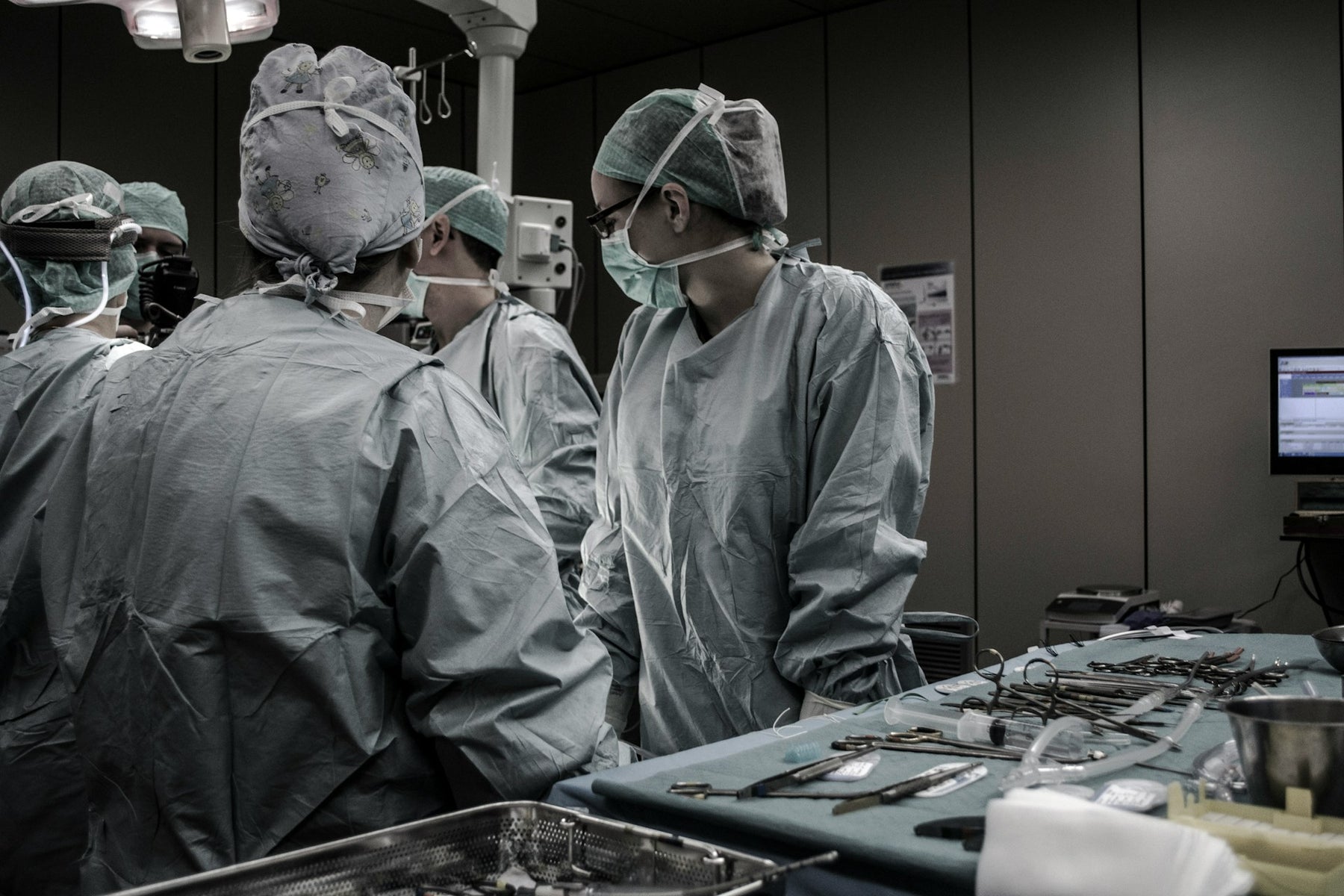
Have you heard about fluoropolymers' role in TAVR?
The field of medicine is constantly evolving, with new procedures and technologies emerging that improve patient outcomes and reduce recovery times. As these innovations advance, the materials that make them possible become increasingly important. One such group of materials, fluoropolymers, is proving to be essential for a variety of cutting-edge medical procedures. Known for their exceptional chemical resistance, biocompatibility, flexibility, and durability, fluoropolymers are enabling new and safer ways to perform complex medical interventions. This blog post explores how fluoropolymers are revolutionizing a new medical procedure: Transcatheter Aortic Valve Replacement (TAVR).
Understanding TAVR: A Breakthrough in Cardiac Care
Transcatheter Aortic Valve Replacement (TAVR) is a minimally invasive procedure used to treat aortic stenosis—a condition in which the aortic valve of the heart becomes narrowed, reducing blood flow from the heart to the rest of the body. Traditionally, this condition required open-heart surgery, a procedure that comes with significant risks and a long recovery time. However, TAVR allows for the replacement of the damaged valve through a catheter inserted into a blood vessel, typically in the leg, and guided to the heart.
TAVR has revolutionized the treatment of aortic stenosis, especially for high-risk patients who may not be candidates for traditional surgery. But what makes this procedure safer and more effective is the use of advanced materials, such as fluoropolymers, in the catheters and other critical components.
The Role of Fluoropolymers in TAVR
Fluoropolymers, such as PTFE (Polytetrafluoroethylene) and FEP (Fluorinated Ethylene Propylene), are increasingly being used in the construction of catheters and delivery systems for TAVR due to their unique properties.
Low Friction and Smooth Delivery: One of the most critical aspects of TAVR is the smooth delivery of the replacement valve to the aortic position within the heart. Catheters coated with PTFE or FEP have extremely low coefficients of friction, which allows them to glide through blood vessels more easily. This reduces the risk of damage to the blood vessel walls and ensures precise placement of the valve. The low-friction surface of fluoropolymer-coated catheters also minimizes the force required for insertion, making the procedure less traumatic for the patient.
Biocompatibility: In any medical procedure that involves direct contact with blood and tissue, biocompatibility is crucial to prevent adverse reactions. Fluoropolymers are inherently biocompatible, meaning they do not react with body tissues or blood. This makes them ideal for use in TAVR catheters and stents, reducing the risk of inflammation, clotting, or infection, which is essential for patient safety and recovery.
Chemical Resistance and Sterilization: Medical devices must be able to withstand sterilization processes to prevent infections. Fluoropolymers are highly resistant to harsh chemicals and can endure repeated sterilization without degrading. This ensures that catheters and delivery systems remain sterile and safe for use in TAVR procedures, providing confidence to both surgeons and patients.
Flexibility and Strength: The ability to navigate complex vascular pathways is critical for the success of TAVR. Fluoropolymer materials like PTFE and FEP offer a unique combination of flexibility and tensile strength, which allows catheters to bend and flex as they move through the body's vasculature without kinking or breaking. This flexibility, combined with strength, ensures that the devices perform reliably during the procedure, reducing the risk of complications.
Improved Patient Outcomes with Fluoropolymer-Based Devices
The use of fluoropolymer-coated catheters and delivery systems in TAVR has led to significant improvements in patient outcomes:
Reduced Procedure Time: The smooth delivery provided by fluoropolymer-coated catheters reduces friction, which can decrease the time needed for valve deployment. Shorter procedure times reduce the patient's exposure to anesthesia and potential complications, leading to quicker recovery times.
Minimized Risk of Complications: The biocompatibility and low friction properties of fluoropolymers reduce the likelihood of vessel injury, blood clot formation, and infection, which are common concerns in invasive procedures. This helps in minimizing post-procedural complications, ensuring a safer experience for the patient.
Expanded Access to Treatment: Fluoropolymers' contribution to making TAVR a safer and more effective procedure has expanded its use to a broader range of patients, including those who were previously deemed too high-risk for open-heart surgery. This has increased access to life-saving treatment for many individuals who would otherwise have limited options.
